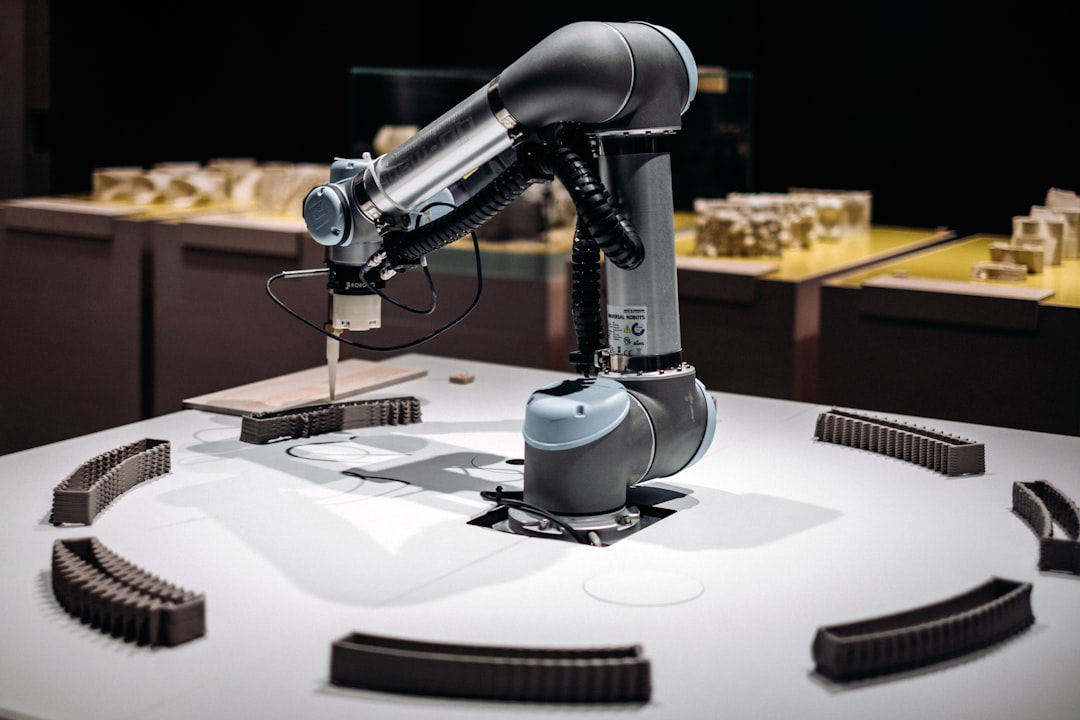What is it about?
Cellulose nanocrystals (CNC) are an environmentally-friendly biorenewable resource. Herein, two byproducts of the cotton industry, cotton gin motes and cotton gin waste, are investigated for the preparation of nanocellulose crystals. Cellulose was purified from these two post-process agroindustrial by-products and CNCs subsequently produced by sulfuric acid hydrolysis. Additionally, two acid hydrolysis methods were utilized to produce CNCs without a chemical pretreatment. The effect of chemical treatments on crystallinity and morphology are discussed. Differences in extraction method and chemical treatment resulted in different thermal properties and colloidal stability.
Featured Image

Photo by Jason D on Unsplash
Why is it important?
Cellulose nanocrystals (CNC) are a biorenewable resource utilized as a reinforcing agent covering such uses as papers, plastics and concrete. CNCs are usually prepared by extracting them purified cellulose or highly refined cellulose products. The refining process can alter physical properties of the fibers prior to producing the CNCs. The method of isolation can also insert various functional groups onto the nanocellulose, affecting their stability and end-uses by imparting different properties. This paper highlights some of these differences and the different properties of CNCs obtained from two new source materials: cotton gin motes, and cotton gin waste. Furthermore, this work provides a means of producing a high value commodity from these inexpensive source materials.
Read the Original
This page is a summary of: Extraction and characterization of nanocellulose crystals from cotton gin motes and cotton gin waste, Cellulose, June 2019, Springer Science + Business Media,
DOI: 10.1007/s10570-019-02533-7.
You can read the full text:
Contributors
The following have contributed to this page










